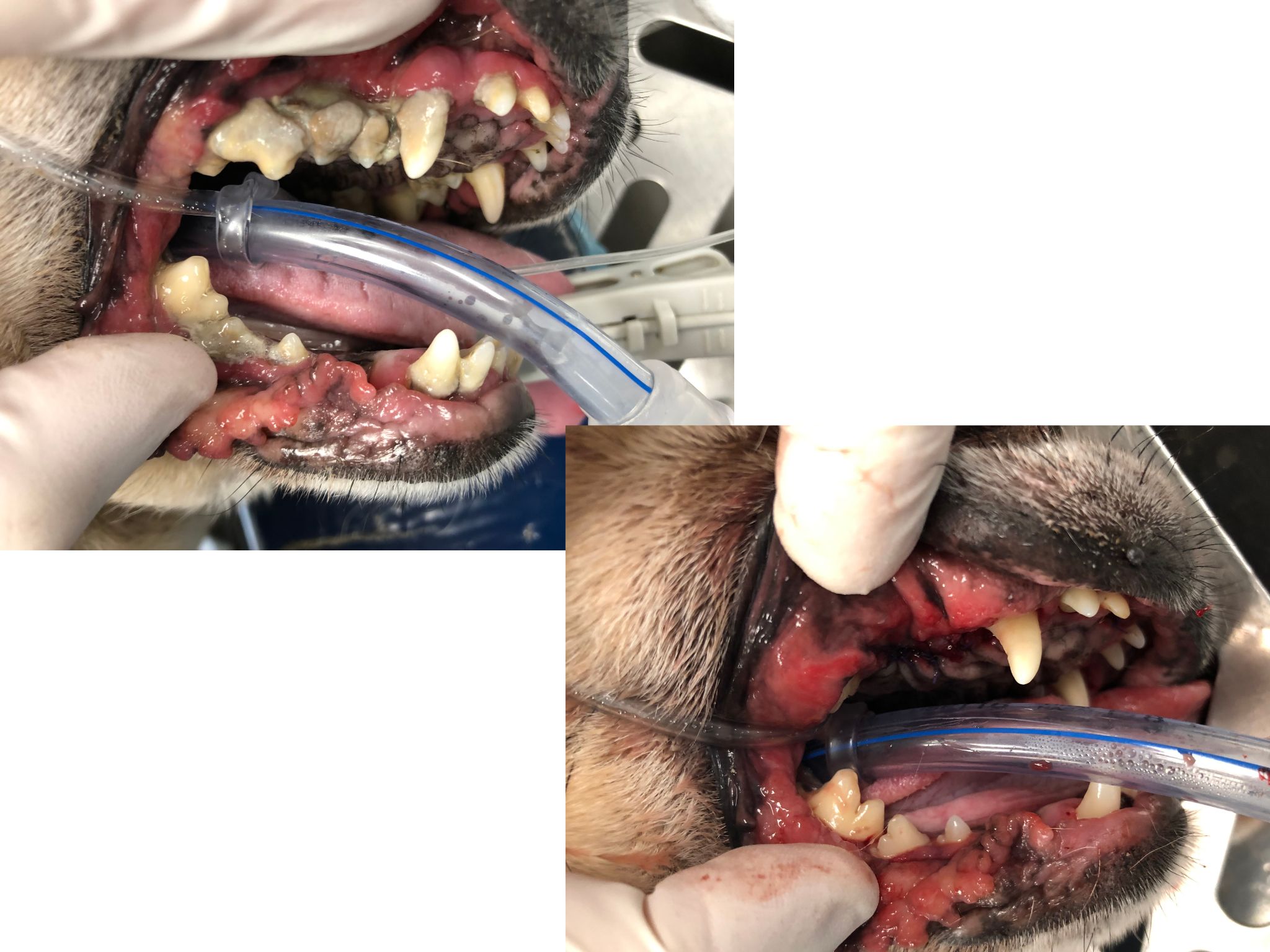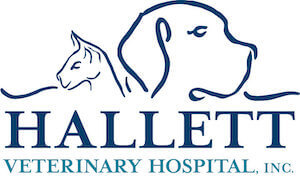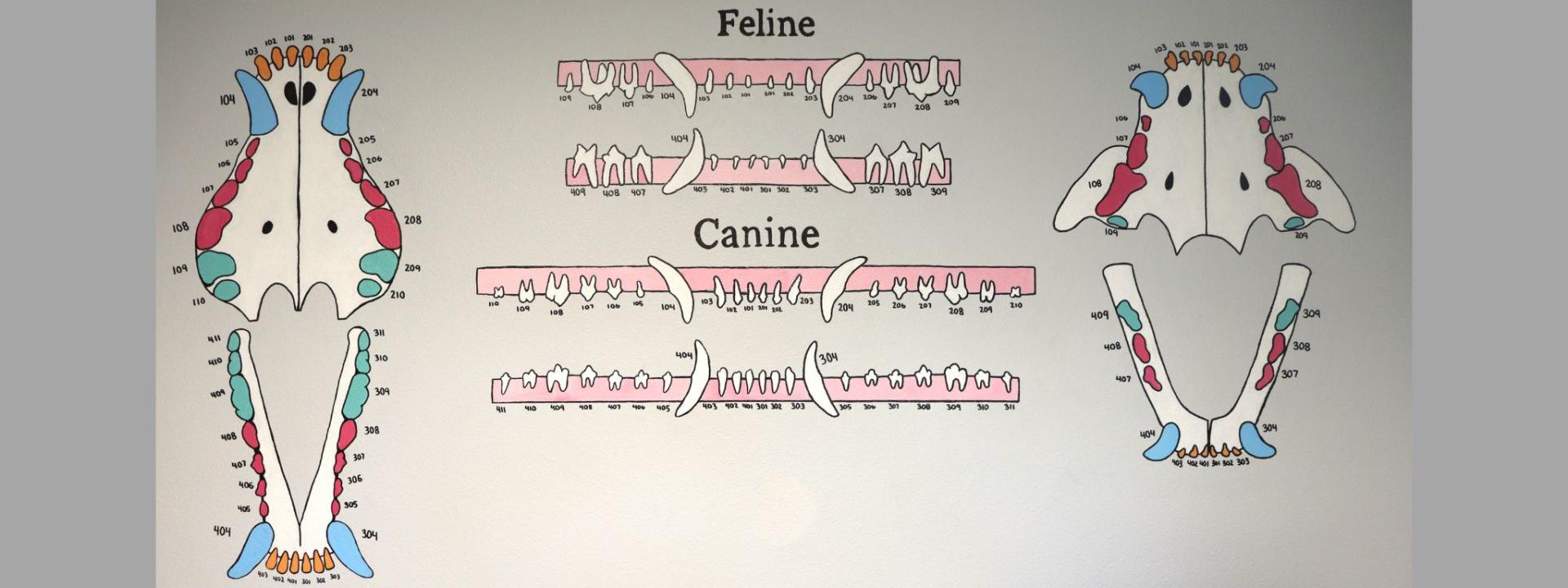When is it time for a dental cleaning?
Routine dental cleanings are recommended as soon as gingivitis becomes apparent, or if a large amount of tartar is present without gingivitis. Gingivitis is the last completely reversible stage of dental disease, so teeth should be cleaned before periodontal disease develops. Depending on the individual's tendency to form tartar, and the frequency of home dental care, dental cleanings are usually needed every one to two years.
 Food particles left on or between teeth after eating are broken down by bacteria to form plaque. Over time, plaque hardens into tartar, which is visible as a brown crust on the tooth. Tartar also accumulates under the gums, where it causes gingivitis (red, irritated gums) and eventually periodontal disease (loss of attachment of tooth roots to tooth socket).
Food particles left on or between teeth after eating are broken down by bacteria to form plaque. Over time, plaque hardens into tartar, which is visible as a brown crust on the tooth. Tartar also accumulates under the gums, where it causes gingivitis (red, irritated gums) and eventually periodontal disease (loss of attachment of tooth roots to tooth socket).
By age 3, more than 75% of dogs and cats have gingivitis or periodontal disease. Periodontal disease causes discomfort, bad breath, tooth loss, and can potentially contribute to diseases of the heart valves, kidneys, liver, and immune system.
Cats develop a unique type of dental disease call Oral Resorptive Lesions. These are painful cavities, usually on the side teeth. These cavities are not caused by bacterial decay as human cavities are.
Additional problems encountered include fractured teeth, mis-aligned teeth, retained "baby" teeth, foreign bodies, and oral tumors.
What can you expect from a dental cleaning?
At Hallett Veterinary Hospital a routine cleaning includes general anesthesia, heart monitor, full mouth radiographs, thorough scaling of tartar above and below the gum line, polishing, fluoride treatment, pain & antibiotic injections, and preanesthetic labwork.
Our practice requires anesthesia for dental procedures. Because of this, we first perform a full physical exam and sometimes run blood tests. Inside the mouth, we utilize local anesthetic injections to reduce pain. We closely monitor your pet the entire time they receive anesthesia.
We keep an eye on oxygen saturation and carbon dioxide levels in their blood along with their blood pressure, heart rate, and temperature. In order to help maintain the health of your pet’s mouth and teeth, you should bring your pet in for a dental check-up once a year. During these routine exams, our practice includes a general dental exam as well as teeth and gum cleaning if needed.
Sometimes, keeping your pet's chompers healthy can feel like a big job. Luckily, our practice provides advanced veterinary dentistry services in addition to basic dental care.
This includes routine care such as cleaning, along with treating more complicated conditions. Because our pets don’t brush their teeth every night before bed as we do, tartar can firmly adhere to their teeth.
Scaling and Polishing:
In order to remove this tartar, we perform dental scaling, our most basic dental procedure. During the scaling process, our practice uses sonic and ultrasonic power scalers as well as handheld instruments to remove this tartar from the surface of the teeth both above and below the gum line.
Oral Surgery:
Tooth extraction is another very common procedure. Our goal is for your pet to retain as many teeth as possible. However, sometimes an extraction is the only option to relieve pain or ensure that periodontal disease does not advance. If not extracted, a diseased tooth can compromise the surrounding tissue and neighboring teeth. If caught early, there are more treatment options available for periodontal disease.
Things to watch for:
Catching dental problems in the early stages can greatly help your pet in the long run. Contact us right away if your pet experiences any of the following:
- Chronic bad breath
- Your pet shies away when you try to touch their mouth area
- Excessive drooling
- Dropping food when eating
- Bleeding in your pet’s mouth
- Loss of appetite or weight loss
- Yellowish-brown crust of tartar around the gum line
- Missing, loose or broken teeth

